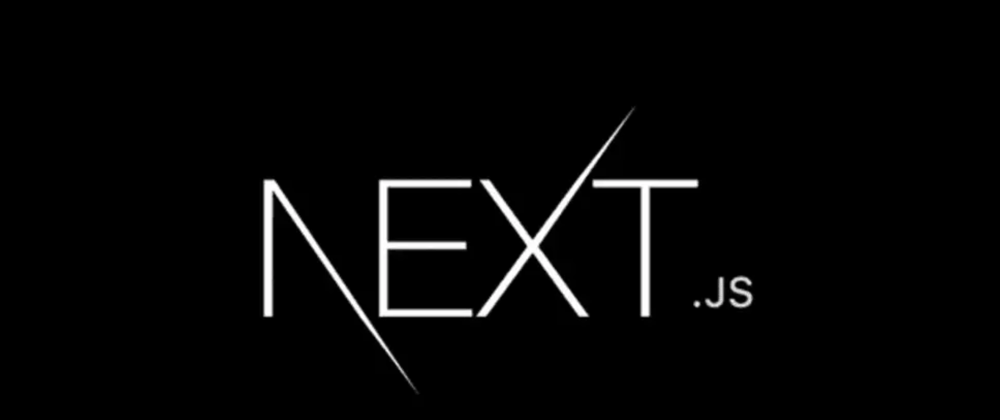Why Choose Next.js for Your Web Application Development
Shubham Prakash

Introduction
When it comes to web application development, the choice of framework can make or break your project. Among the plethora of options available, Next.js has emerged as a leading choice for developers and businesses alike. It’s a React-based framework known for its versatility, performance, and ability to deliver scalable solutions. In this blog, we’ll dive deep into why Next.js should be your go-to framework for web application development.
Why Choose Next.js for Your Web Application Development?
1. Seamless Server-Side Rendering (SSR)
Next.js takes the hassle out of implementing Server-Side Rendering, a feature that improves SEO and reduces initial load times. With SSR, pages are rendered on the server and sent fully-formed to the browser, ensuring better performance and search engine visibility. This is a game-changer for businesses that prioritize user experience and organic search rankings.
2. Static Site Generation (SSG) for Blazing Performance
For content-heavy applications, Static Site Generation is an invaluable feature. It pre-renders pages during build time, providing lightning-fast load times and a smoother browsing experience. Whether you’re building blogs, e-commerce platforms, or marketing sites, SSG ensures scalability without compromising performance.
3. Hybrid Rendering for Maximum Flexibility
Next.js allows you to combine SSR and SSG within the same project. This hybrid capability ensures that your application can handle static content efficiently while dynamically rendering pages that require up-to-date information, such as user dashboards or product listings.
4. Rich Ecosystem and Community Support
Backed by Vercel, Next.js enjoys a vibrant community and rich ecosystem of plugins, libraries, and examples. Whether you’re troubleshooting an issue, integrating third-party services, or seeking inspiration, there’s always a solution readily available.
5. Enhanced SEO Capabilities
With features like SSR, metadata handling, and canonical tags, Next.js is designed with SEO in mind. It ensures that your web application is crawlable and ranks better on search engines, giving your business a competitive edge.
6. Integrated API Routes
Next.js isn’t just a frontend framework—it supports backend development through API routes. You can create serverless functions directly within your project, enabling seamless integration of features like authentication, data fetching, and more without setting up a separate server.
7. Built-in Performance Optimization
Next.js comes with automatic performance optimization features like:
- Image Optimization: Dynamic resizing, lazy loading, and compression to deliver optimized images.
- Code Splitting: Load only the JavaScript required for a particular page, reducing initial load times.
- Prefetching: Automatically prefetch linked pages, improving navigation speed.
8. Developer-Friendly Features
Developers love Next.js for its rich development experience. Features like hot module replacement, fast refresh, and built-in TypeScript support make development fast and enjoyable. Detailed error handling and debugging tools further enhance productivity.
9. Scalability for Growing Businesses
Next.js scales effortlessly, whether you’re deploying a simple blog or a complex enterprise-level application. With features like Incremental Static Regeneration (ISR), you can update static content on-demand without rebuilding the entire site, making it ideal for dynamic, high-traffic applications.
10. Future-Proof with Continuous Innovation
Next.js is continuously evolving, incorporating the latest web technologies and standards. Backed by a strong team at Vercel, you can trust that it will remain relevant and cutting-edge for years to come.
11. Easier Team Collaboration
For teams already familiar with React, transitioning to Next.js is smooth and intuitive. Its opinionated structure simplifies onboarding, and its alignment with React’s ecosystem ensures compatibility with existing tools and libraries.
12. Vercel Deployment for Effortless Hosting
While you can deploy Next.js anywhere, its integration with Vercel offers unmatched ease of deployment and hosting. Vercel’s global content delivery network (CDN) ensures low latency, while its analytics provide insights into application performance.
Conclusion
Next.js stands out as a framework that combines the best of performance, scalability, and developer experience. Its robust features, including SSR, SSG, and API routes, make it an all-in-one solution for building modern web applications. Businesses benefit from faster time-to-market, superior SEO, and a scalable foundation that grows with their needs. For developers, its simplicity and rich ecosystem streamline the development process.
By choosing Next.js, you’re not just selecting a framework; you’re investing in a future-proof, high-performance web application that delivers real value to your users and your business. The question isn’t “Why choose Next.js?” but rather, “Why not?”



